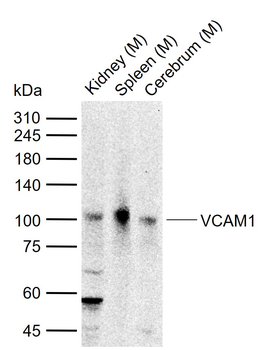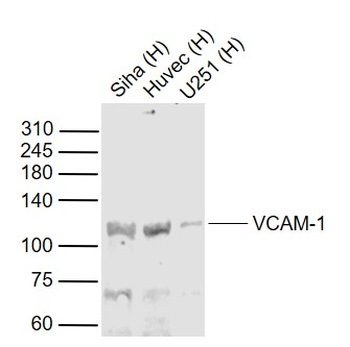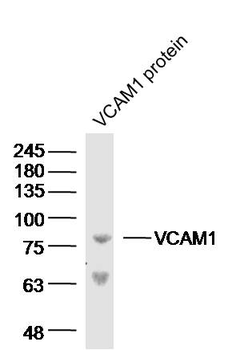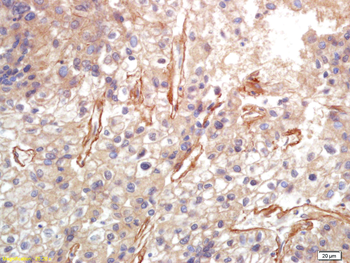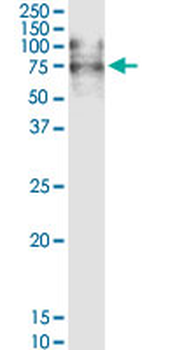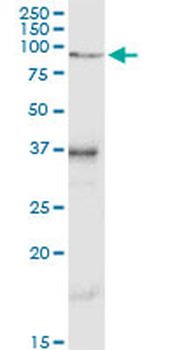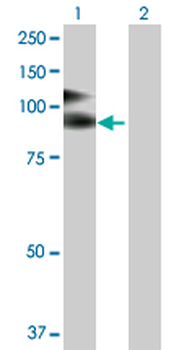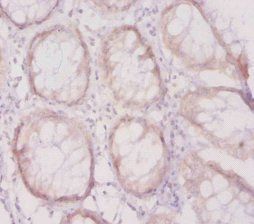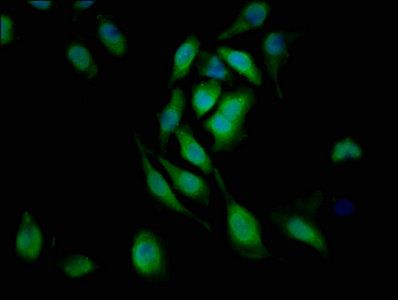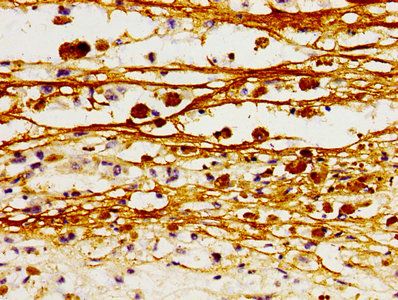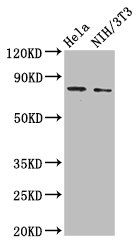You have no items in your shopping cart.
| Catalog Number | orb348962 |
|---|---|
| Category | Antibodies |
| Description | VCAM1 antibody |
| Species/Host | Rabbit |
| Clonality | Polyclonal |
| Tested applications | IHC-P, WB |
| Reactivity | Human, Mouse, Rat |
| Isotype | IgG |
| Immunogen | KLH conjugated synthetic peptide derived from human VCAM1. Please contact us for the exact immunogen sequence. The peptide is available as orb374969. |
| Concentration | - 100 μg (in 200 μl): 0.5 mg/ml- 200 μg (in 400 μl): 0.5 mg/ml |
| Dilution range | IHC-P: 1:200, WB: 1:100-2000, (based on 0.5 mg/ml) |
| Form/Appearance | 10 mM PBS, 0.02% sodium azide |
| Purity | Polyclonal antibodies are purified by peptide affinity chromatography |
| Conjugation | Unconjugated |
| MW | 81 kDa |
| Target | VCAM1 |
| Entrez | 7412 |
| UniProt ID | P29533, P29534, P19320 |
| NCBI | 001069, 001078 |
| Storage | Maintain refrigerated at 2-8°C for up to 2 weeks. For long term storage store at -20°C in small aliquots to prevent freeze-thaw cycles. |
| Alternative names | anti-CD106 antibody, anti-CD106 Antigen antibody, Read more... |
| Note | For research use only |
| Expiration Date | 12 months from date of receipt. |
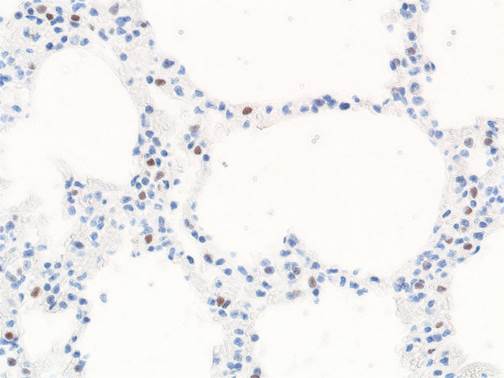
Immunohistochemical staining of Mouse lung using VCAM1 antibody (1:200).
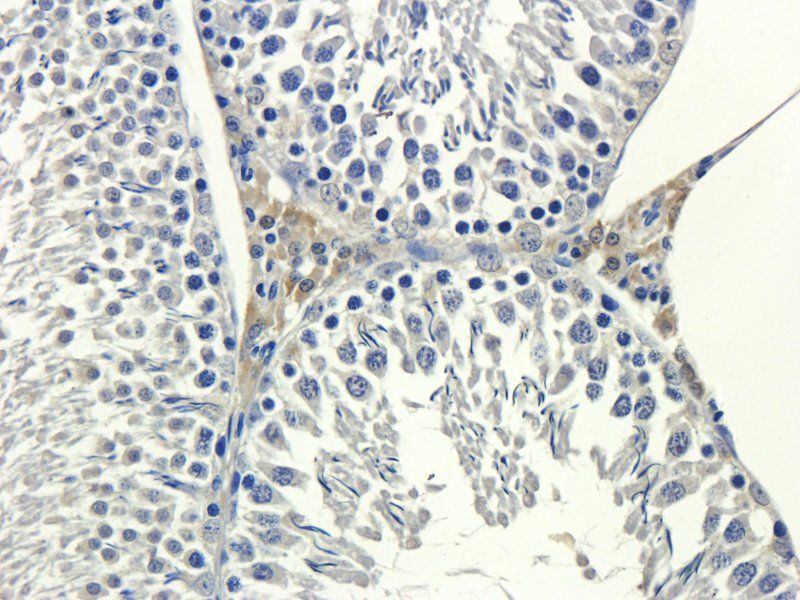
Immunohistochemical staining of paraffin embedded rat testis tissue using VCAM1 antibody (2.5 ug/ml)
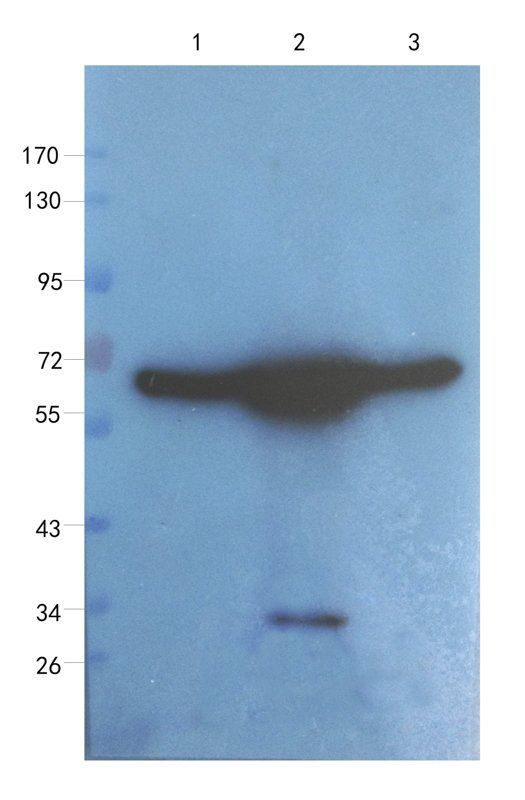
WB analysis of rat testis (lane 1), rat kidney (lane 2), rat pancreas (lane 3) using VCAM1 antibody (1 ug/ml)
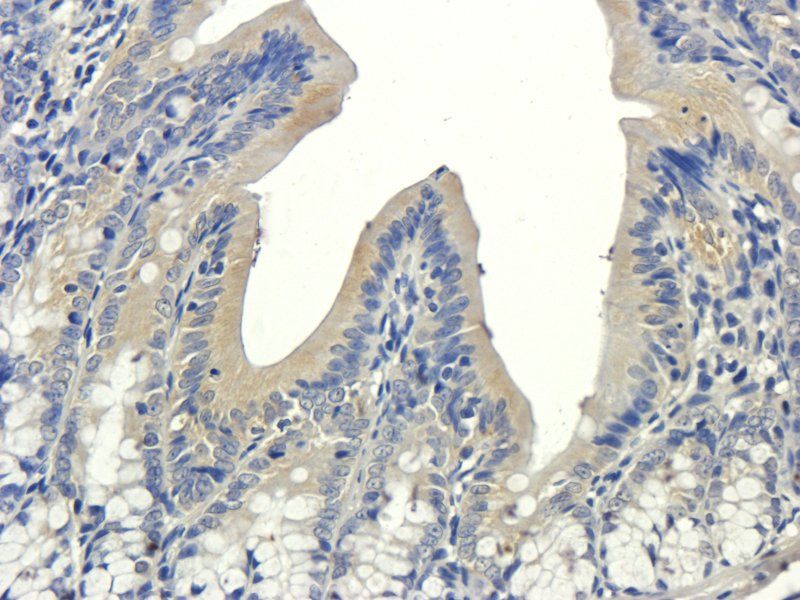
IHC-P staining of rat colon tissue using VCAM1 antibody (2.5 ug/ml)
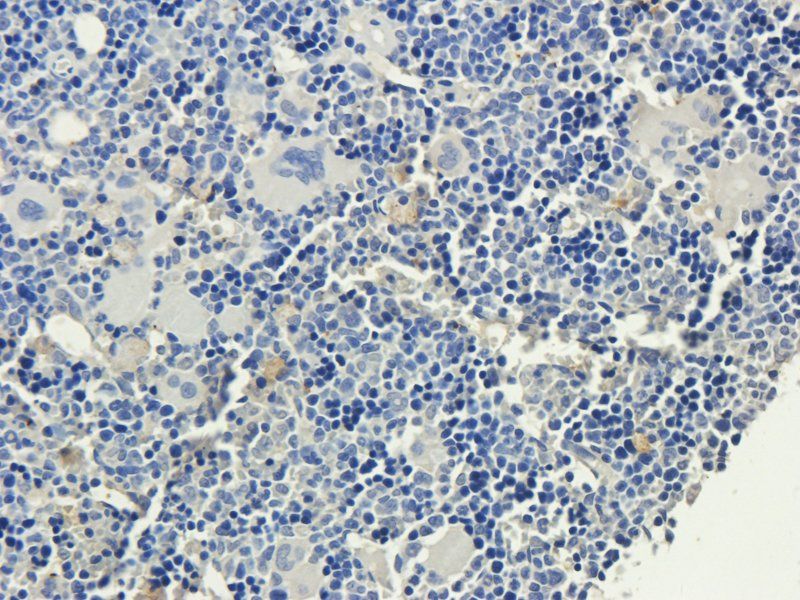
IHC-P image of rat bone marrow tissue using VCAM1 antibody (2.5 ug/ml)
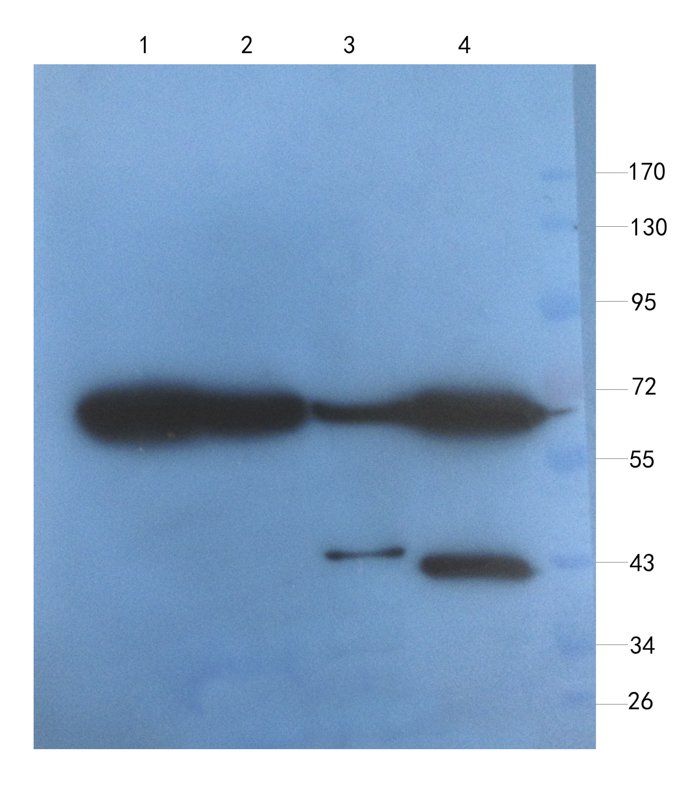
Western blot analysis of rat lymph node (lane 1), rat colon (lane 2), mouse spleen (lane 3), rat bladder (lane 4) using VCAM1 antibody (1 ug/ml)
VCAM1 purified MaxPab rabbit polyclonal antibody (D01P) [orb2291978]
WB
Human, Mouse
Rabbit
Polyclonal
Unconjugated
100 μg
Filter by Applications
Filter by Rating
- 5 stars
- 4 stars
- 3 stars
- 2 stars
- 1 stars
VCAM1 antibody (orb348962)
Orb348962 was used for immunohistochemistry and Western blot experiments. The immunohistochemical staining results showed that the antibody had good specificity and obvious expression. The Western blot experiment showed clear bands, no obvious background, and no excess contaminants. The results were satisfactory!
- Zhang Huarong/ Nanfang Hospital, Southern Medical University)
Applications
Rating
- 5 stars



